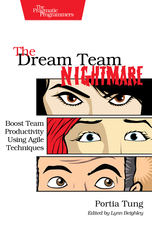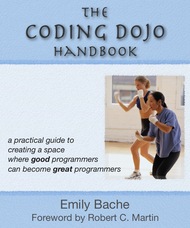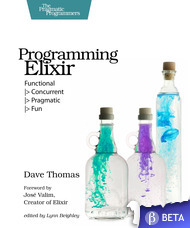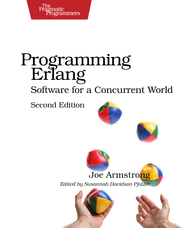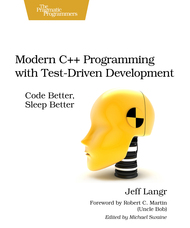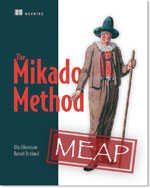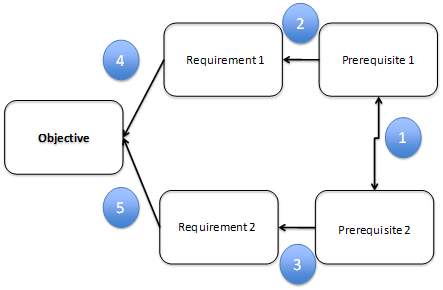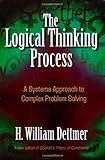The Dream Team Nightmare
It took a while to arrive because the book was out of stock at Amazon, but it’s finally here, just in time for the holiday break: Portia Tung‘s “Dream Team Nightmare“!
I sat down with a cup of coffee and started to read the book. Portia’s writing style is engaging and lively with lots of dialogue and very short chapters. At the bottom of the chapters you have to make a choice and then go to a designated page.
I’ve been on agile projects for years, so I expected to breeze through the book. After all, most teams face the same problems. I’ve solved them many times. Why should this “Dream Team” be any different?
After only a few pages I read
Patrick [who hired you as an agile coach] asks his secretary to escort you out of the office. Before you know it, you’re back on the street.
It feels like you’ve been punched in the gut. Thoughts swirl in your head. Should have. Would have. Could have. You decide to take time out to reflect on what happened. You’re not quite ready to give up doing a job you love. not yet.
THE END
Fired! On my first day. Game over. Do you want to play again? Of course, but now I’ll make smarter choices.
And… I was asked to leave the Dream Team and see if things would go better with another team. THE END.
“If at first you don’t succeed, stubbornly try again and again”, that’s my motto. So, one more try.
Aha! We come to a part where my mission is described as a user story with acceptance tests. That will help me to understand better what’s expected. I restart the book and start working with the team. I flip backwards and forwards as the book directs me to see the consequences of my choices. It’s getting smoother. And then there’s a conflict with one of the team members. At the end of the 5 days I present my recommendations. And then… nothing happens. THE END.
This agile coaching lark is harder than it looks.
This is frustrating. I’ve only scratched the surface of the book, read a few chapters and each time I reach a dead end. Reminds me of some projects I’ve been on.
And then I have a brilliant idea.
What would Portia do?
I’ve been lucky to work with Portia and see her at work. I will restart the last time and at each choice ask myself “What would Portia have done in this situation?” Portia would
- talk to everybody to understand what motivates them
- help the team to make their own decisions
- reach agreement on the value we’re creating
- get a good understanding of where we are
- define goals together and clarify them with testable acceptance criteria
- take some time to reflect regularly
- help the team to create and explore options
- lighten up the mood with silly exercises like “profile cards“, cookies and team lunches
I can do that. It’s just a matter of taking a bit more time before making a decision. Let’s start again, from the top.
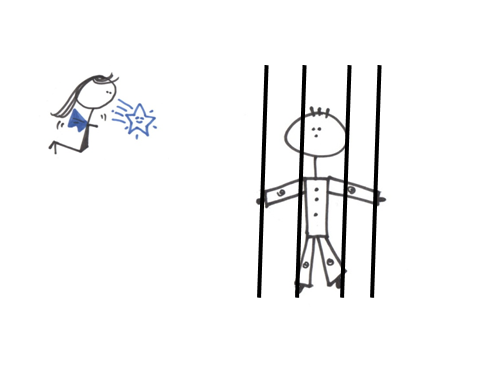 This time, with the help of Portia (sometimes in the role of Jiminy Cricket to keep me on the straight and narrow, sometimes as the Blue Fairy who grants wishes and saves the day) I progress through the book. There are still a few choices, but fewer and fewer.
This time, with the help of Portia (sometimes in the role of Jiminy Cricket to keep me on the straight and narrow, sometimes as the Blue Fairy who grants wishes and saves the day) I progress through the book. There are still a few choices, but fewer and fewer.
The team starts working together to visualize their situation. Faced with the enormity of their task, they feel demoralized. We come up with three options to deliver value and involve the Product Owner.
And there it gets tricky. If I’m not careful, the unspoken simmering conflict between team and product owner/management erupts again: the company needs more than the team can deliver; the team blames the product owner for imposing unrealistic scope and deadline. THE END.
And that’s where it usually ends, but there’s another option. There’s always another option.
Instead of saying “It’s impossible to deliver this scope by this deadline!” you can ask “What do we need to achieve the goal before the deadline?” Two other agile teams “Predator” and “Green” can help the Dream Team. The teams apply Real Options to decide on the day when they have to decide. Meanwhile they create and explore more options to achieve the company’s goal: different ways to select scope and divide the work between the teams.
Finally, a happy end
From there it’s relatively smooth sailing. By now I see the trap on page 216, where I fail to ask the team to review and improve my recommendations because I’m rushed, coming by a mile. If only it were this easy in real life to take a step back for a moment and take the time to think…
And then we arrive at the final chapters: the team present their delivery options and their improvement actions. Everybody’s energized to work on those actions. I don’t know if they’ll live happily ever after, but the adventure continues.
THE END
Observations and recommendations
- There’s a list of recommended tools on page 203. Appendix 5 contains the coaching tools used in the book. It would be useful to have some links where I can find out more about each of the tools. Maybe something for the Agile Adventure site?
- I loved seeing the Current and Future Reality Trees in use. It would have been great to see a “Conflict Resolution Diagram” be used to bridge the gap between root causes and improvement actions. What are the underlying conflicts that have led and kept the team in its unhappy situation? Maybe something for the next agile adventure?
- Flipping back and forth between chapters isn’t always practical in a paper book. But you can have your cake and eat it too. I bought both the paper and e-book version: the e-book to play, the paper book to loan
- There are a few illustrations in the book: current/future reality trees, profile cards. A few more illustrations would have made the story a bit more vivid: what does the kanban board look like? What does the team area look like? No need to make it into a graphic novel. Henrik Kniberg‘s “… from the trenches” books are a good example of how illustrations can make the story more vivid.
Done. What’s left on the holiday reading backlog?
Some more light reading, because I don’t want to be that agile coach who hasn’t written production code for a decade.
Can anyone recommend a good e-book about Clojure that covers core.async?
